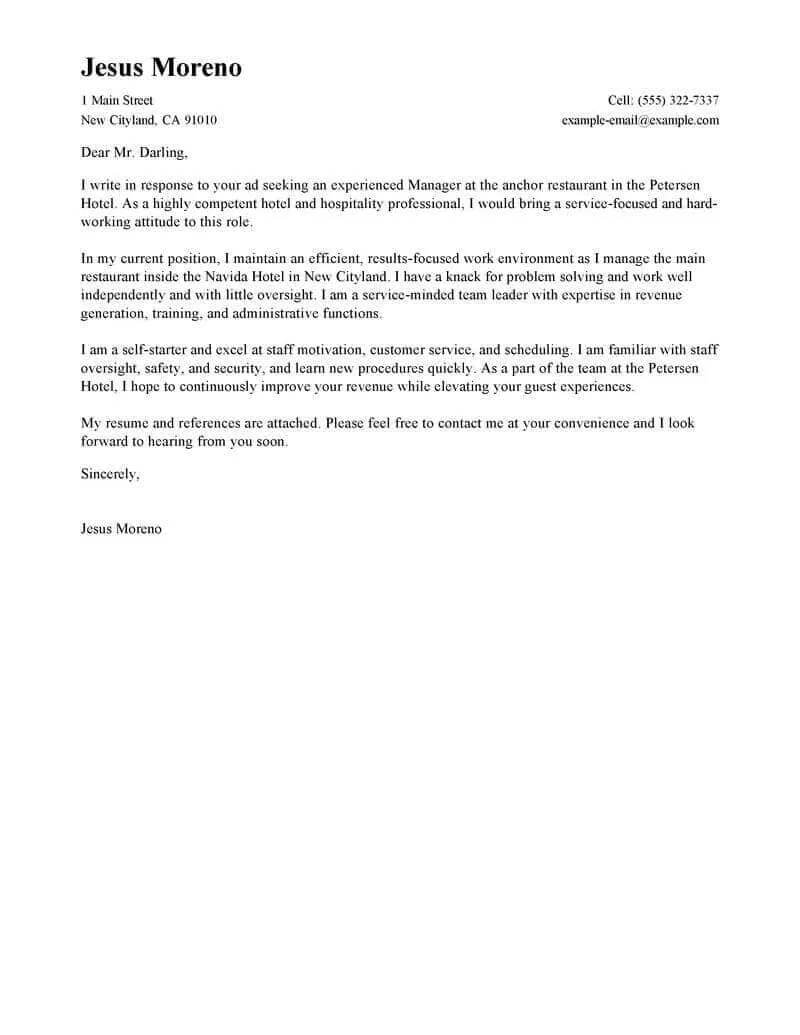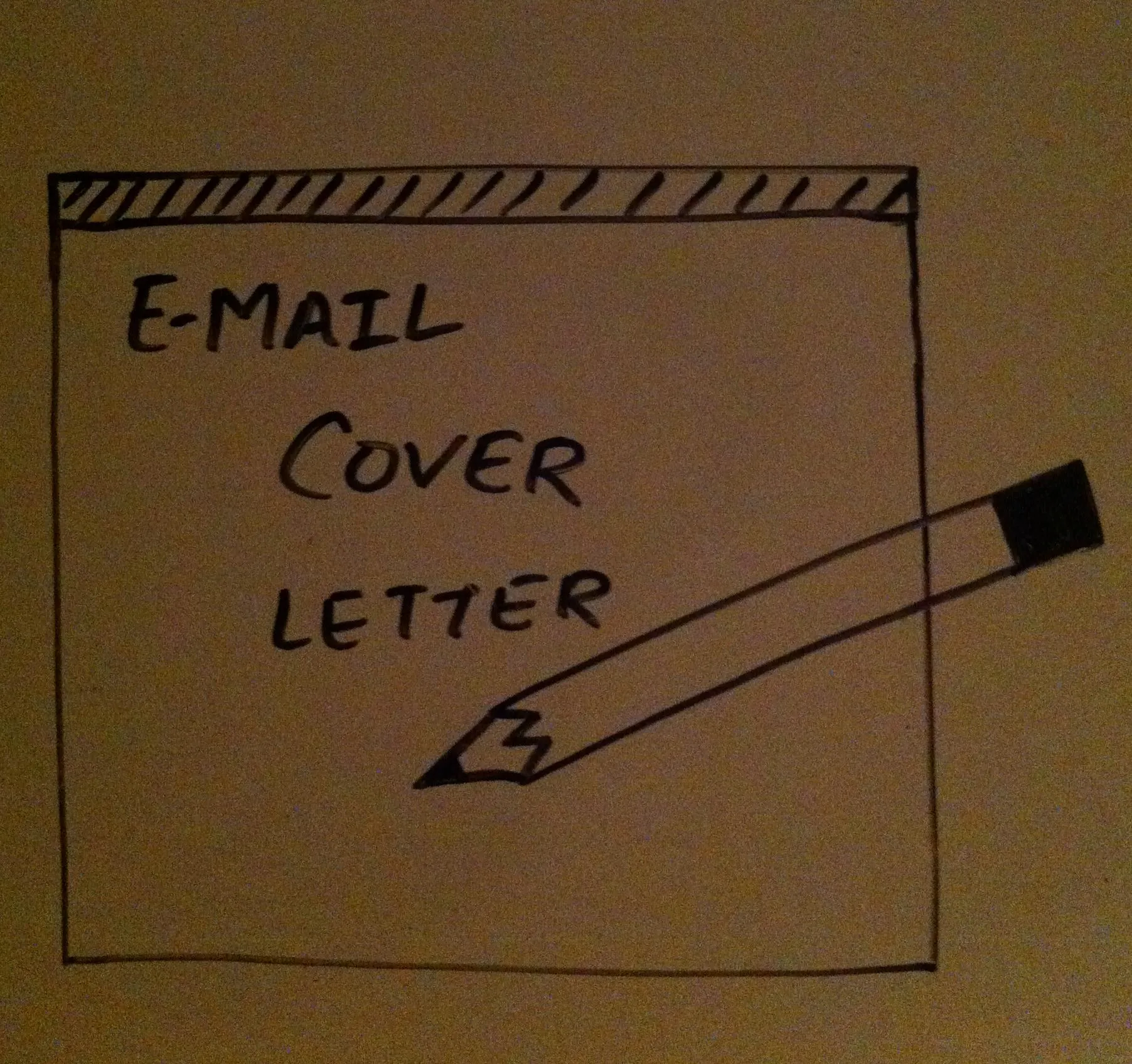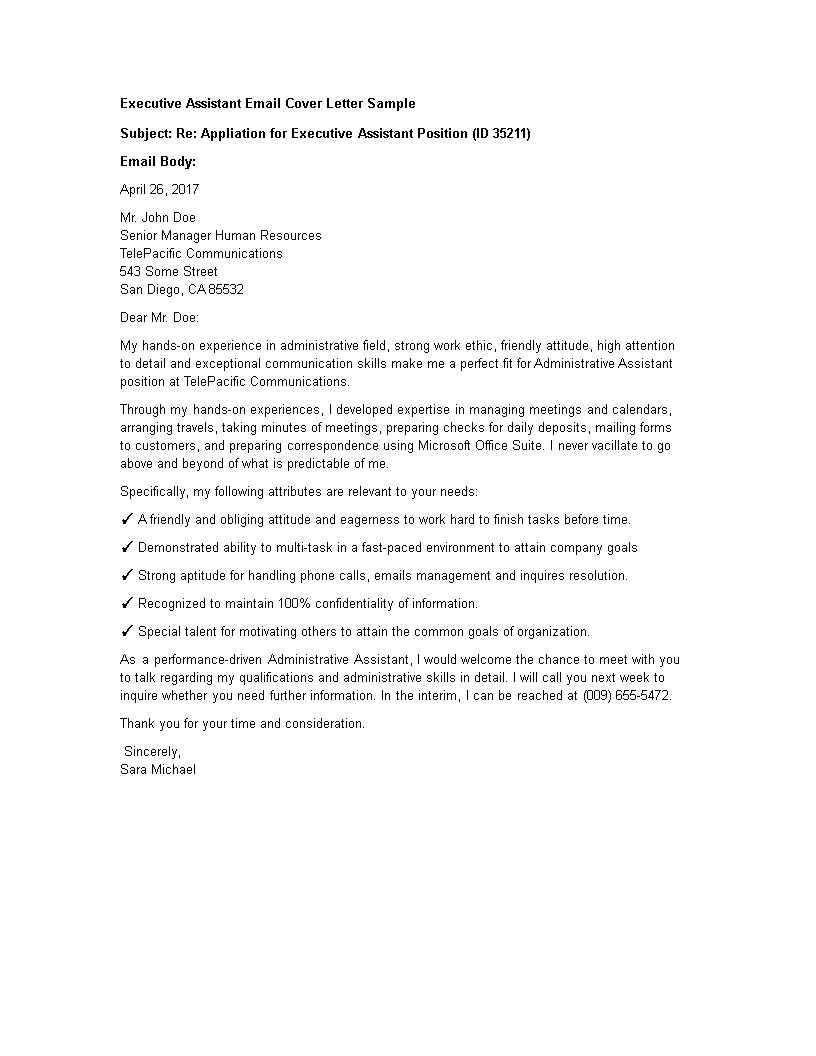Cover Letter Email 7 Steps
In today’s digital age, the way you apply for a job has evolved significantly. Often, your cover letter is the first impression you make on a potential employer, and sending it via email is a standard practice. A well-crafted cover letter email can significantly increase your chances of landing an interview. However, a poorly written one can lead to your application being overlooked. To help you navigate this critical step in your job search, here are seven essential steps to writing an effective cover letter email. These steps will guide you through the process, from crafting a compelling subject line to proofreading your final draft, ensuring that your email stands out and showcases your qualifications effectively. Following these guidelines will help you create a cover letter email that captures attention and helps you move forward in the hiring process.
Subject Line Crafting
The subject line is the first thing a recruiter or hiring manager sees, making it crucial for grabbing their attention. It should be concise, clear, and directly related to the job you’re applying for. Avoid generic phrases like “Job Application.” Instead, use a subject line that immediately identifies you and the position. For example, “[Your Name] - Application for Marketing Manager Position” is a strong choice. If the job posting specifies a particular subject line, be sure to use it. This helps the recipient quickly understand the email’s purpose and ensures your application is easily sorted. A well-crafted subject line increases the likelihood that your email will be opened and read, rather than being overlooked in a crowded inbox. Think of it as your first opportunity to make a positive impression.
Personalized Greeting

Start your email with a personalized greeting. Addressing the hiring manager or the person listed in the job posting by name shows that you’ve taken the time to research and tailor your application. Avoid generic greetings like “To Whom It May Concern.” If you can’t find a specific name, try to find the hiring manager’s name on LinkedIn or the company website. If you’re absolutely unable to find a name, using a more specific greeting like “Dear Hiring Team” is better than a generic one. A personalized greeting makes your email feel less like a mass application and more like a direct communication, demonstrating your genuine interest in the role and the company. This small detail can significantly enhance your application and set a positive tone for the rest of your email.
Highlighting Your Value
In the body of your email, briefly highlight your key qualifications and how they align with the job requirements. This isn’t the place to reiterate your entire resume; instead, focus on the most relevant skills and experiences. Briefly mention one or two accomplishments that demonstrate your value. Quantify your achievements whenever possible. For example, instead of saying “Improved sales,” say “Increased sales by 15% within six months.” This approach helps the hiring manager quickly understand what you bring to the table and why you’re a strong candidate. Keep your tone confident and enthusiastic, emphasizing your enthusiasm for the role and the company. This section should be concise, compelling, and designed to entice the reader to review your attached resume for more details.
Tailoring to the Job
Customize your cover letter for each job you apply for. Generic cover letters are easily spotted and often discarded. Review the job description carefully and tailor your email to match the specific requirements and keywords. Use language and terminology that resonates with the company and the role. Show how your skills and experience directly address the needs of the position. Research the company’s values and culture, and subtly incorporate them into your email. This demonstrates that you’ve done your homework and are genuinely interested in the opportunity. Tailoring your email is an investment of time that significantly increases your chances of making a positive impression and moving forward in the application process.
Call to Action for the Next Step

End your email with a clear call to action. Tell the hiring manager what you want them to do next. For example, you might say, “I am eager to discuss how my skills and experience can benefit your team. I am available for an interview at your earliest convenience.” Or, “Thank you for considering my application. I have attached my resume for your review and welcome the opportunity to speak with you further.” Provide your contact information again, including your phone number and email address. This makes it easy for them to reach you. A strong call to action leaves a lasting impression and encourages the hiring manager to take the next step in the hiring process. Make sure you’re accessible, making it easier for them to respond.
Professional Closing
Choose a professional closing. Avoid overly casual closings. Use closings such as “Sincerely,” “Best regards,” or “Thank you for your consideration.” These closings maintain a formal tone and show respect for the recipient. Ensure your name and contact information are clearly displayed after the closing. Double-check the email address and any attached documents before sending. Your closing is the final element of your email and should reinforce your professionalism and attention to detail. A well-chosen closing creates a positive final impression, reinforcing your commitment to the opportunity and your professionalism.
Proofreading and Formatting
Proofread your entire email carefully before sending it. Check for any spelling, grammar, or punctuation errors. Errors can make you appear careless and unprofessional. Use a grammar checker tool, but also read the email aloud to catch any awkward phrasing or mistakes. Pay attention to formatting; use a clear and easy-to-read font and ensure proper spacing between paragraphs. Ensure that your attached resume and any other documents are in a professional format and easy to open. Make sure the file names are professional. A well-proofread and properly formatted email demonstrates your attention to detail and your commitment to presenting yourself professionally. This final check is critical to making a positive impression and ensuring your application is taken seriously.
